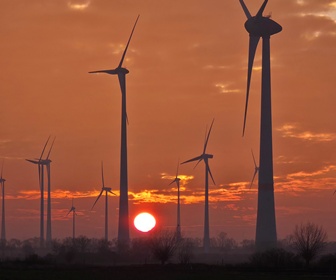WindEurope reports that European countries are moving away from “negative bidding” in offshore wind auctions, a practice where developers pay for the right to build projects, which has often discouraged investment. The shift comes as the EU aims to increase offshore wind capacity from 21 GW today to 46 GW by 2030, and eventually 300 GW by 2050.
Denmark abandoned negative bidding after its 2024 offshore wind auction attracted no bids. The upcoming 3 GW tender for new sites will offer Contracts-for-Difference (CfDs), though the approach for the Bornholm Energy Island project is still under review. Much of the electricity from these projects is expected for export.
Germany, which previously used uncapped negative bidding, also saw its latest offshore auction fail. The Economics Ministry plans to replace negative bidding with CfDs, pending amendments to the Offshore Wind Energy Act, with the goal of applying CfDs in the 2026 auctions. Studies suggest CfDs could lower generation costs by up to 30%.
The Netherlands is preparing legislation to introduce CfDs from 2027, replacing negative bidding. In the meantime, the government has launched a €1 billion temporary support scheme to enable 2 GW of offshore wind capacity in 2026. Long-term proposals include an offshore wind fund and measures to support electrification, which would help keep costs low.
Most other EU countries, including Belgium, France, Ireland, Italy, Lithuania, Poland, Romania, Spain, and the United Kingdom, already use CfD auctions. Finland, Sweden, Latvia, and Estonia are still considering negative bidding, though they currently have only 250 MW of offshore wind capacity.
WindEurope CEO Giles Dickson said: “Negative bidding increases upfront and financing costs, which are ultimately passed on to consumers. Moving to CfDs is a long-term win for society and the offshore wind sector.”










